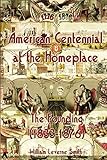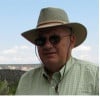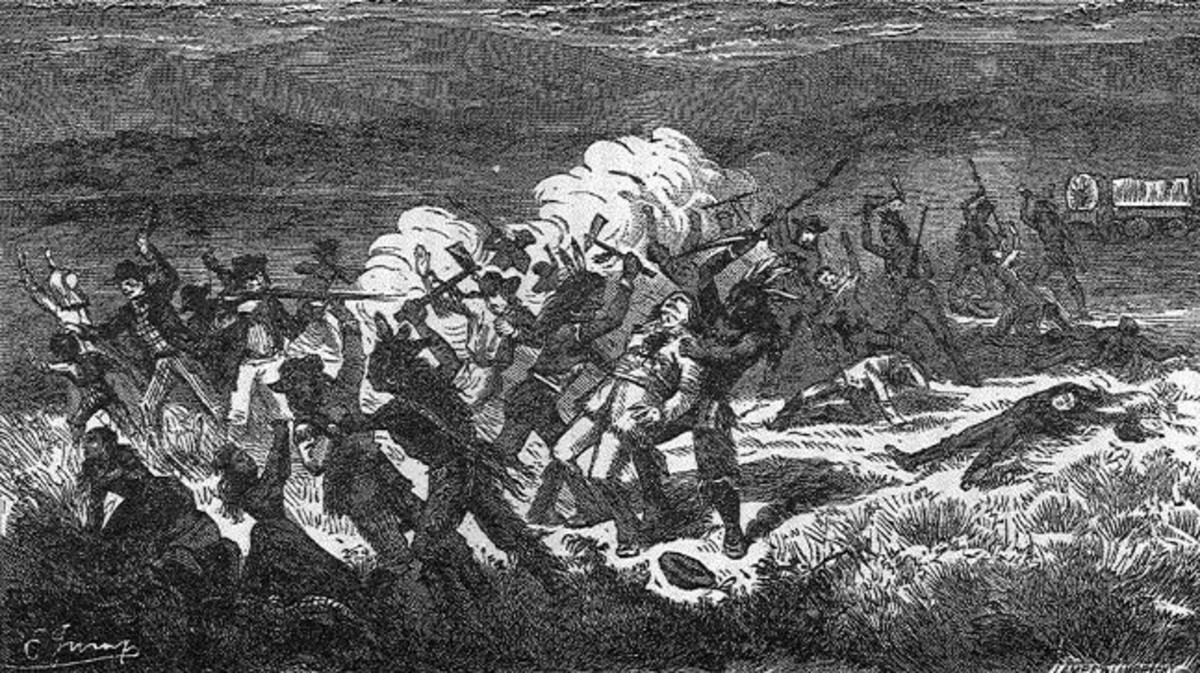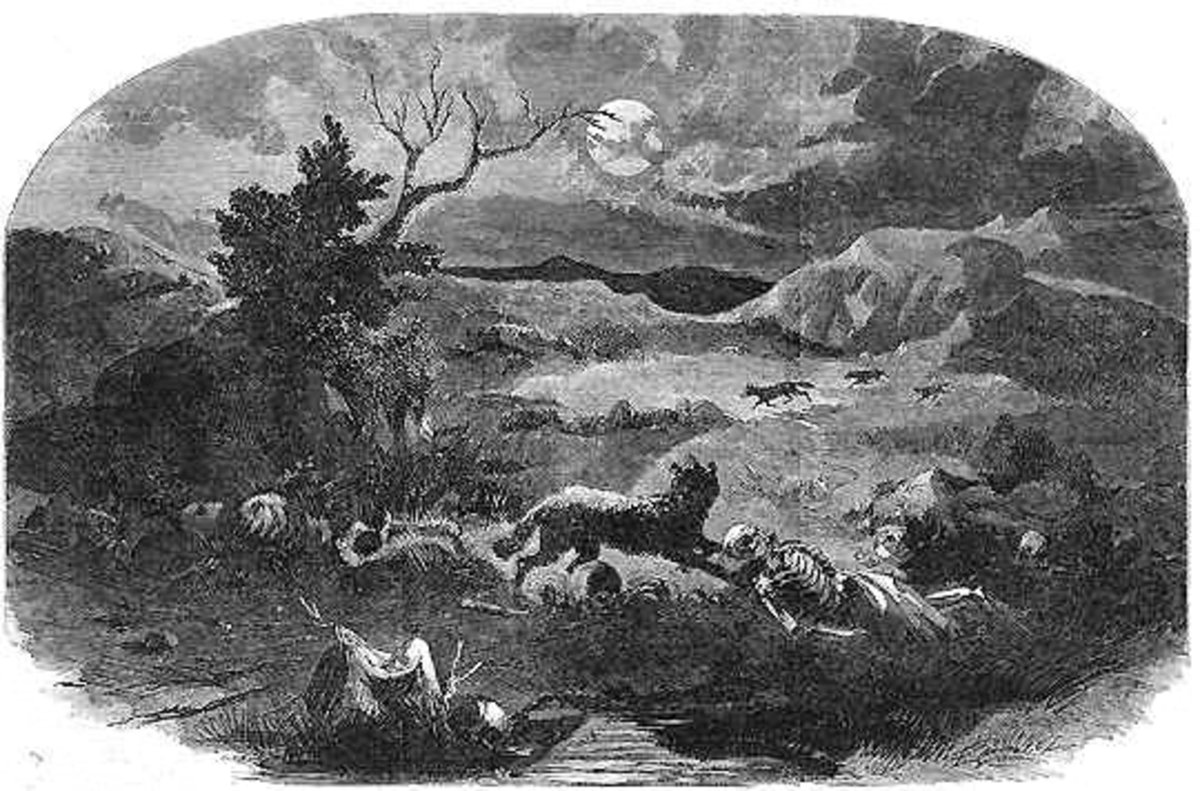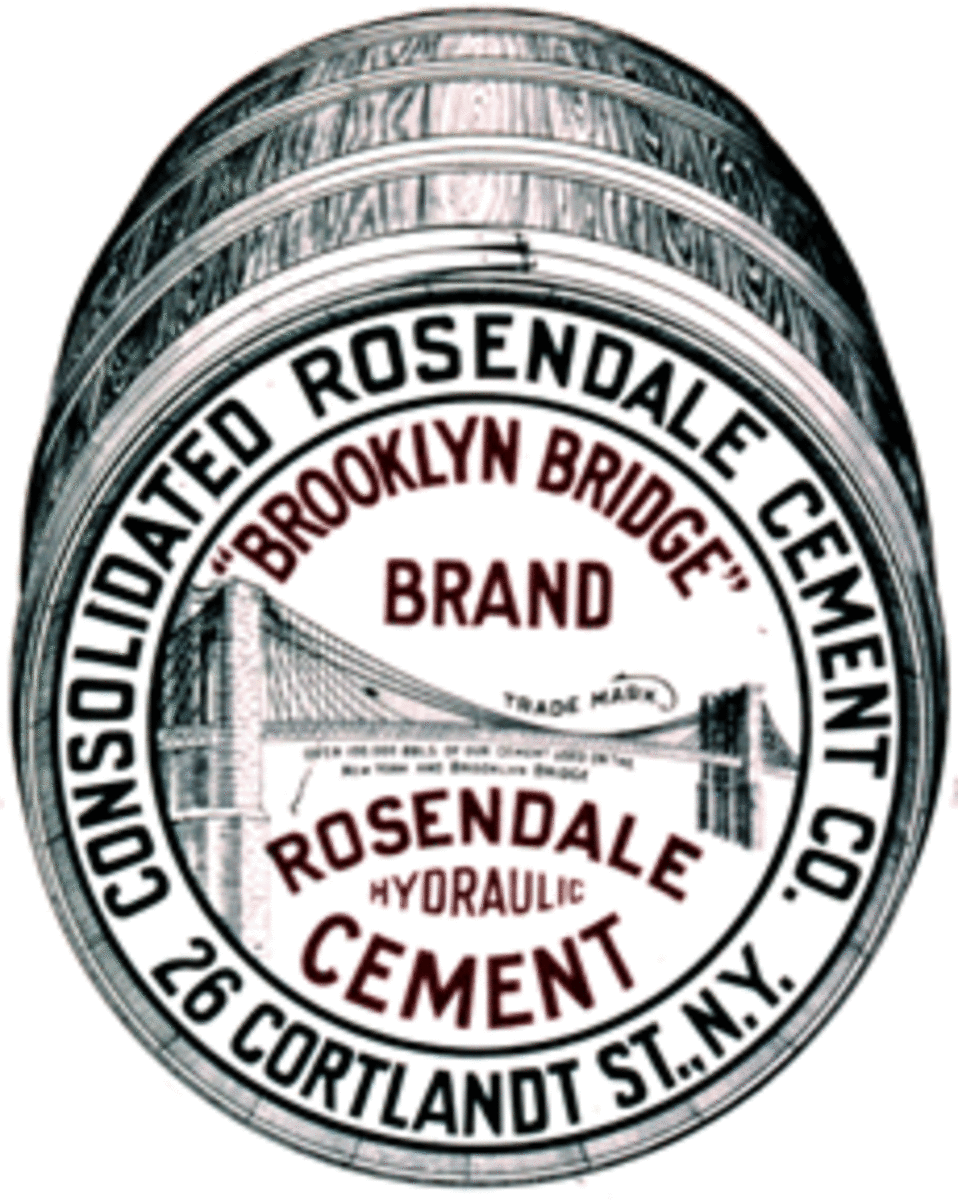Jake Patton Memoirs - JP25 - Jake Recounted 1845 Changes and Improvements
Creeks needed to be forded - sometimes they could be avoided
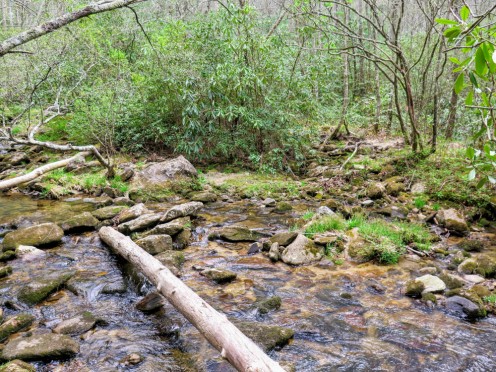
Jake Discussed the Growth and Improvements in the Valley
There were no new families coming into the valley in 1845, but the population still increased by three. Thomas McDonald was born to Harry and Sarah joining sister Caroline, now 2. Also, the Pryor family, Jacob and Patsy, added a girl and George and Marcia King had a boy. These were each the first child for those two families in the west valley.
Victor Campbell added the 160 acres directly to the east of his home place. This gave him a full section of land, but spread out west to east, four 160 acre plots, side by side. Victor and his son, Delbert, had been able to expand both their crop land and their pasture land each year in a steady growth pattern. Their beef herd had continued to grow each year. With their partnership in the mule breeding business now located in the central valley, they only maintained the mules and horses they needed for their own operation on their own farm land.
As Trustee in the west valley, Victor worked closely with the other residents to maintain and create the roads they needed to meet their needs, using the survey lines established earlier. The initial road southwest from the East-West road went south-southwest to his Victor’s place. Then, there was a ford of the West Branch south to the Simpson place to get to the George King and Michael Duncan homesteads. Eli Rhodes was then a quarter mile south east by following along the north side of that creek. They had now added a direct road on the survey line south from the East-West road to the Eli Rhodes place, a mile and a half, to be able to avoid needing to ford the creek. This was a good example of the road work that was being done in the Township.
They continued to work on the road in the valley and through the forests
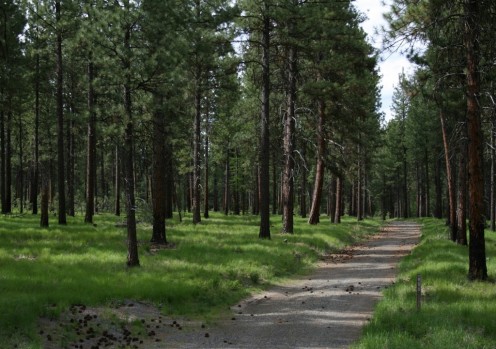
Jake Recalled the Changes to the West of the Valley
You may recall that the county to our west was originally created in 1843 and named for William H. Ashley, the first lieutenant governor of Missouri. Well, on February 14, 1845, the county organized again and renamed itself for the Republic of Texas. It has been Texas County since. A seat of justice for the county was laid out in 1846 near the center of the county on Brushy Creek and named Houston for the first president of the Texas Republic. This was the approximate location of the village that I saw growing south of the Big Piney region when I last visited. I think some folks had been working ahead to make this happen, or at least make it possible.
This is why I like to keep up with what is going on in the communities outside of our little township, not just inside it. These things can make a difference for us, as we make our decisions that affect our way of life in Oak Creek Township. Over time, our East-West road through the center of the Township came to be known as the Houston Road. From the county line into what became Houston, that road was modified many times over the years, based on surveys, settlements, and the ups and downs and curves of the topography. But, it continued to be the primary feeder road into the Oak Creek Township, much more so than the lesser used north-south road from Salem in the north to Eminence in the south, as important as that road was.
I speak a lot about our roads, I suppose. But, the truth of the matter is that they continued to be our lifelines. As much as we would have liked to believe we were mostly self-sufficient, the truth is we never were. One of the reasons we were able to thrive, even to the extent we did, was because Henry McDonald made the early commitment to make those regular freight runs to bring us the supplies we needed from the outside world. It was good for him, but, it was necessary for each of us to reach the level of success we did.
Fourth Sunday gathering brought the different people and families together
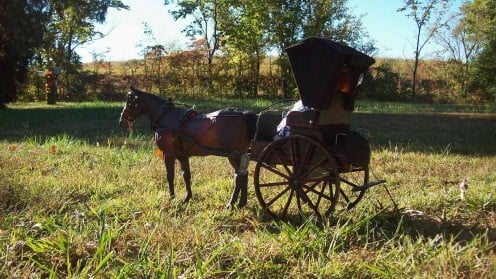
Jake Was Reminded That Fourth Sunday Gatherings Continued in 1845
Another part of the success we had in our valley over the years was our continued dedication to gathering each Fourth Sunday for fellowship and mutual planning. We had started the practice in 1833 and in 1845 we were still making it a viable part of our lives in the community. Not everyone attended every month, but the rate of attendance was very high. No one wanted to miss out on what was sure to happen every fourth Sunday.
By this time, we virtually always met at the Community Building, or outside if the weather was good, which it normally was. Men, women and children each looked forward to the regular gatherings for their own reasons, of course. I appreciated the meetings mostly to keep up with what everyone had going on at their place and learning how it might affect me and mine.
The gatherings continued to be mostly informal with little organized activity. But, somehow, we each knew how to get done what needed to be done and to get the information shared that needed to be shared. Sure, sometimes, someone asked specifically to get together to discuss a particular problem, or to share some specific information. Sometimes this involved the rare predator being spotted or suspected in the area. Other times it had to do with the seasonal crop issues that were always the subject of some discussion. Working together, however, always benefitted each of us. And we knew it.
[See JP26, to follow]
From the Author
This series of stories, JPx, is part of a first draft of what I hope and assume becomes a published novel in support of “The Homeplace Saga” series of family saga, historical fiction stories. It features the self-told story of one of the original settlers of the Oak Creek Valley, Colonel Jake Patton. Some, including him, would say he was the leader of the group. He had a very big ego, that is for sure, but he always tried to make it look like what he was doing was for the benefit of the community. And, of course, it was. But, there was always something in it for him, as well. He managed to grow the inheritance he was fortunate to receive from his father into something that left a nice trust fund for his descendants. We’ve already seen some of these stories, earlier, in the Saga tales. Come along, and let’s see how Colonel Patton tells his own story.
Note: I will publish JPx hubs, from time to time. I will write occasional notes at Patreon about Jake Patton. I may write other things elsewhere. These are each a part of the creative process to create the true first draft of a novel. You, my readers, can take part in this effort at www dot patreon dot com slash HomeplaceSagas. Join us there Today.
This is "The Homeplace Saga" series of family saga, historical fiction stories
- "The Homeplace Saga" Blog
The home blog for "The Homeplace Saga" series of historical fiction family saga stories set in the southern Missouri Ozarks. All updates of the series are mentioned on the blog, regardless of platform.
Learn more about The Founding
